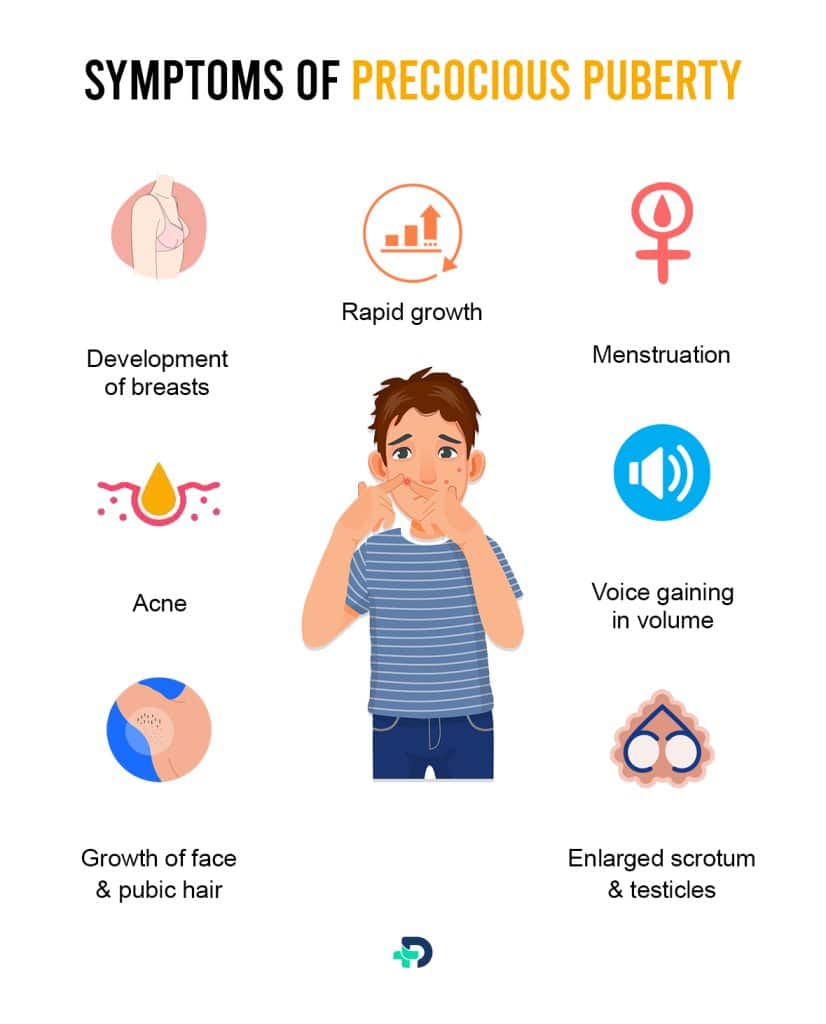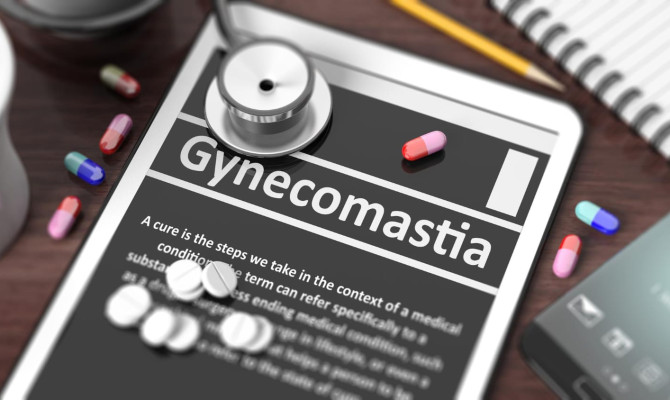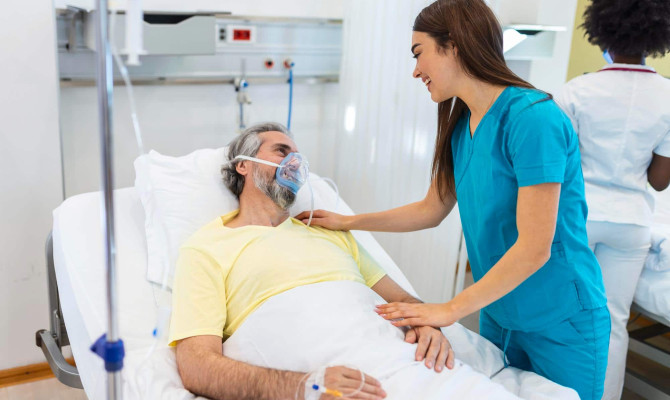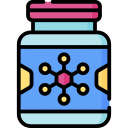Understanding Precocious puberty: Causes, Symptoms and Treatment

- Precocious puberty
- 22 Aug 2023
Overview
What is Precocious puberty?
Precocious puberty is a medical condition in which a child’s body starts going through sexual development earlier than usual. In girls, this means the onset of puberty before the age of 8, and in boys, before the age of 9. Usually, puberty begins around 9 to 11 in girls and 10 to 12 in boys.
This article delves into the intricate world of precocious puberty, exploring its definition, causes, symptoms, and potential consequences. We aim to shed light on this medically significant phenomenon and provide valuable insights for parents and caretakers to recognize the signs, seek timely medical evaluation, and understand the available treatment options.1

Symptoms

Symptoms of Precocious puberty
Boys and girls can have different symptoms, some of which include the following:
Early signs of precocious puberty in girls
Development of breasts
- The development of breast tissue (thelarche), which can be seen before age 8, is one of the first indicators in girls.
Development of pubic and underarm hair
- They can notice pubic and underarm hair growth earlier than usual.
Rapid growth
- It might cause a growth spurt, speeding up getting taller.
Menstruation
- Girls may occasionally begin menstruation before age 8, which is a definite indicator.
Acne
- Hormonal fluctuations may cause acne and greasy skin to appear early.4Symptoms| Researched based study from Nlm.nih.gov
Boys’ typical symptoms
Enlarged scrotum and testicles.
- The growth of the testicles and scrotum in males, which may be seen before age 8, is one of the first symptoms.
Growth of face and pubic hair
- Males may develop facial and pubic hair earlier than females do.
Rapid growth
- A growth spurt and an accelerated rate of height gain are possible in boys.
Voice gaining in volume
- Boys may notice a deepening of their voices due to the early effects of testosterone.
Acne
- Due to hormonal changes, boys may have acne and greasy skin.
It’s important to remember that not every time one or more of these symptoms arise, an illness is necessarily present. Some children may show isolated symptoms.5Symptoms| Researched based study from Nhs.uk
Causes
Causes of Precocious puberty
Causes can be :
- Central
- Peripheral
Central causes of Precocious puberty
Idiopathic
- The word “idiopathic” refers to conditions where the origin of central precocious puberty is still unknown. This indicates that the hypothalamus—pituitary–gonadal axis, which regulates the release of sex hormones, prematurely activates without apparent cause.
Organic abnormalities of the brain
- Early puberty can result from specific structural abnormalities in the brain, such as tumors, cysts, or lesions in the hypothalamus or pituitary gland, which can interfere with the normal regulation of hormones.
Brain infection or damage
- Trauma or infections that impact the brain might also affect the hormonal regulatory systems and triggers.
Genetic influences
- Rare genetic mutations may affect when puberty begins. For instance, gene alterations affect how the hypothalamus and pituitary gland grow.
Peripheral causes of precocious puberty
Ovarian or testicular tumors
- Early development of sexual traits can result from ovarian or testicular tumors that prematurely produce sex hormones.
Anomalies of the adrenal glands
- Adrenal hormones can be produced early due to tumors or disorders affecting the adrenal glands, which can hasten puberty.
The McCune-Albright condition
- An uncommon genetic condition that affects the endocrine system, bones, and skin can impact the symptoms.1Causes| Researched based study from Nlm.nih.gov ,2Causes| Researched based study from Nlm.nih.gov ,3Causes| Researched based study from Nlm.nih.gov
Types
Precocious puberty types
Precocious central puberty
- It is the most prevalent form and results from the hypothalamus pituitary gonadal axis, which regulates the release of sex hormones, being activated too early. The HPG axis often does not start during childhood, but in children, it does, which promotes the early emergence of secondary sexual traits.
Peripheral precocious puberty
- It is a less typical form of precocious puberty and is sometimes called gonadotropin-independent. The ovaries, testicles, or adrenal glands produce sex hormones early instead of through the regular HPG axis regulating system.6Types| Researched based study from Nlm.nih.gov ,7Types| Researched based study from Nlm.nih.gov
Diagnosis
Diagnosis of Precocious puberty
The process of diagnosing entails a thorough evaluation, which may include a physical examination, a review of medical history, and different hormonal and imaging tests.
The objective is to determine whether the child’s development is, in fact, regular and to pinpoint the root cause of the child’s early sexual action.
The following steps are frequently included in the diagnostic process:
Medical history
- A medical history will be taken, containing details regarding the child’s growth trends, any alterations in mood or behavior, and the emergence of secondary sexual traits. Providing accurate information and any pertinent family medical history by parents or other caretakers is crucial.
Physical examination
- The development of secondary sexual features, such as breast growth, testicular size, and pubis hair distribution, will be evaluated, along with the child’s growth, weight, and height.
Bone age evaluation
- A child’s hand and wrist may be X-rayed to establish the child’s bone age, which helps detect whether the youngster is experiencing early puberty if the bones are maturing more quickly than usual.
Hormone testing
- The levels of several hormones, including luteinizing hormone (LH), follicle-stimulating hormone, estrogen, and testosterone, will be assessed through blood tests.
Tests to stimulate GnRH
- In some circumstances, a GnRH stimulation test—a hormone that causes the production of sex hormones—may be carried out to evaluate how the child’s body reacts to it. This test aids in identifying central precocious puberty from peripheral precocious puberty.
Imaging tests
- The brain can be seen and examined using imaging tests like an MRI or CT scan to look for tumors or structural abnormalities.
Genetic factors
- In some circumstances, finding any underlying genetic alterations or related syndromes may be stances.7Diagnosis| Researched based study from Nlm.nih.gov ,8Diagnosis| Researched based study from Researchgate.net
Treatment
Precocious puberty Treatment
The goal of treatment is to prevent or postpone the early development of sexual traits, control the underlying cause (if identified), and support the affected child’s typical physical and emotional growth. The type of puberty and the demands of each child will determine the precise treatment strategy. Here are a few usual treatment methods.
GnRH therapy
- GnRH analogs are artificial hormones that can temporarily delay puberty by inhibiting the release of sex hormones. The central type is mainly treated with these drugs. Injections or implants frequently provide them and can halt the further development of secondary sexual traits and bone maturation.
When the medication is stopped at the proper age, puberty returns spontaneously. It is efficient and safe.
Treatment for underlying issues
- The treatment will concentrate on treating and, if feasible, eradicating the source if it is caused by an organic brain tumor or other medical problems, including ovarian or testicular tumors or abnormalities of the adrenal gland.
- Surgery, radiation treatment, or other suitable procedures may be necessary.
Psychological support
- The affected youngster may experience physical changes and emotional demands much earlier than their classmates, which can be very difficult. Giving the child and their family therapeutic and psychological support can help them deal with their psychological issues.
Tracking and following up
- Throughout the treatment, it is crucial to continuously check the child’s growth, hormone levels, and bone age.
Addressing concerns about height
- Growth hormone therapy may increase the potential for adult height in some circumstances.
However, the need for this treatment should be carefully considered on a case-by-case basis.7Treatment| Researched based study from Nlm.nih.gov ,8Treatment| Researched based study from Researchgate.net
Complications
Complications
- Rapid bone growth and maturation lead to short stature.
- May struggle emotionally and socially
- Body image concerns and self-esteem problems
- Psychological impact
- Increased risk of bullying or teasing by their peers
- Long-term skeletal issues due to early maturation
- Hormonal imbalances
- Effects on the child’s reproductive health and risk of sexually transmitted infections.2Complications| Researched based study from Nlm.nih.gov
Any feedback on this article?
 This Articles content was accurate
This Articles content was accurate Very Informative Article
Very Informative Article I have a question or a comment
I have a question or a comment
 This article contains inaccurate content
This article contains inaccurate content This article was not helpful
This article was not helpful I have a question or a comment
I have a question or a comment
We appreciate your helpful feedback!
Checkout our social pages
References
-
National Library of Medicine
Precocious Pseudopuberty | Causes
-
National Library of Medicine
Precocious puberty: The clinical profile and the etiological classification of children presented at a tertiary care children’s hospital | Causes | Complications
-
National Library of Medicine
Etiology of precocious puberty, 10 years study in Endocrine Reserch Centre (Firouzgar), Tehran | Causes
-
National Library of Medicine
Precocious puberty in girls | Symptoms
-
National Health Service
Precocious puberty in boys | Symptoms
-
National Library of Medicine
Central Precocious Puberty: Update on Diagnosis and Treatment | Types
-
National Library of Medicine
Treatment of Peripheral Precocious Puberty | Types
-
Research Gate
Precocious puberty: diagnosis and management | Diagnosis | Treatment



































